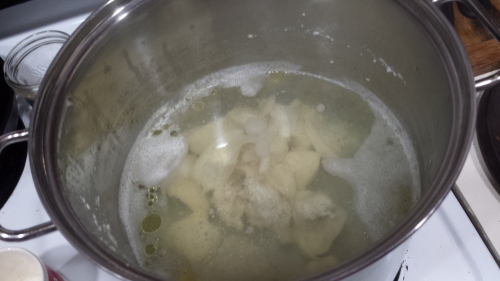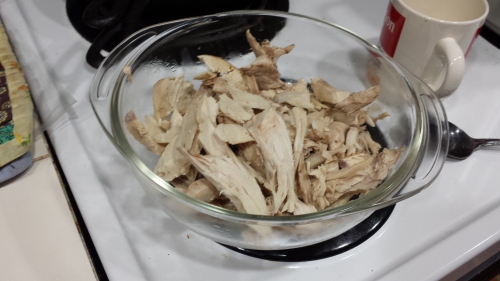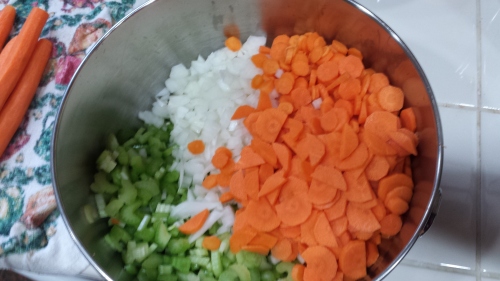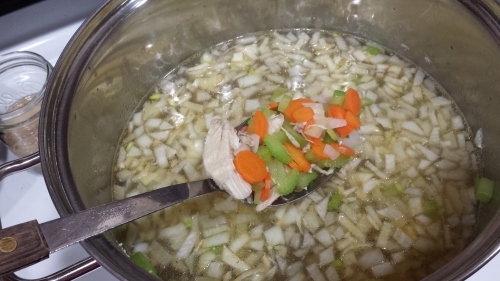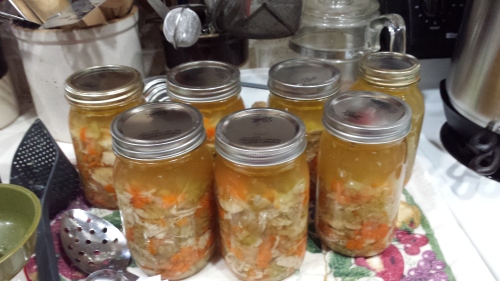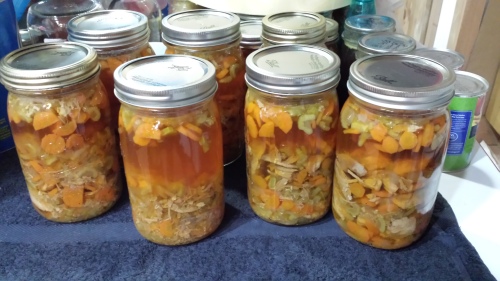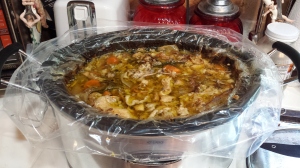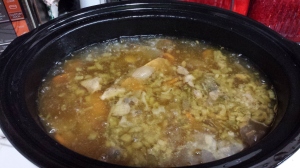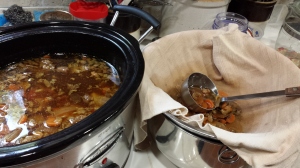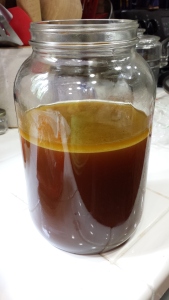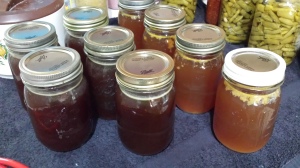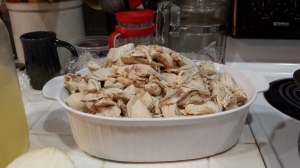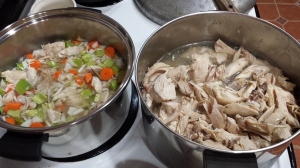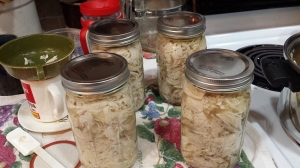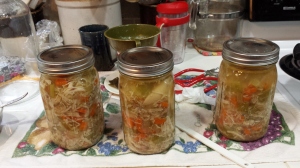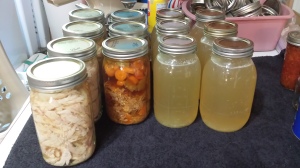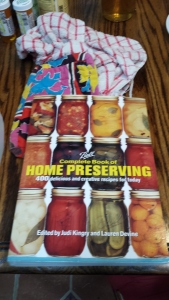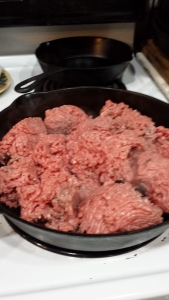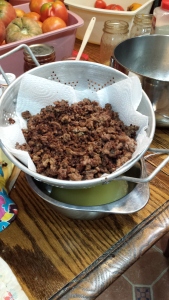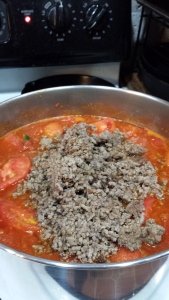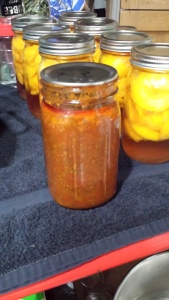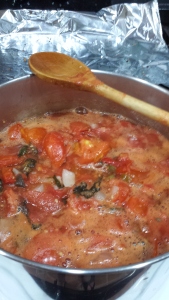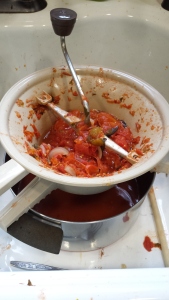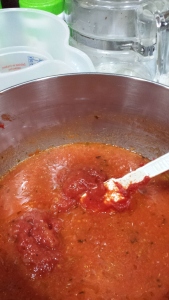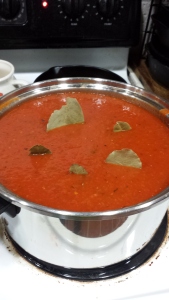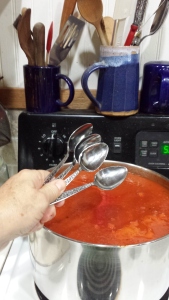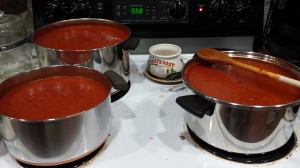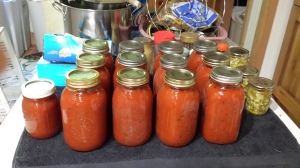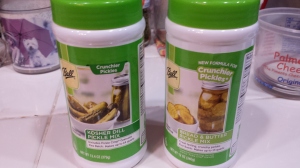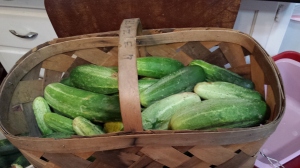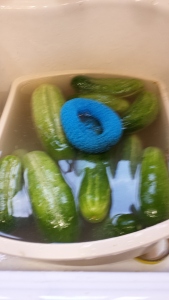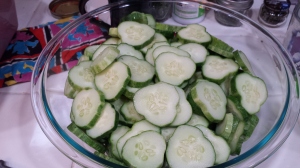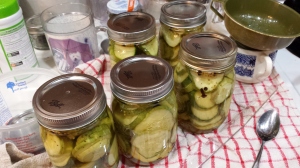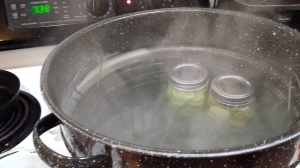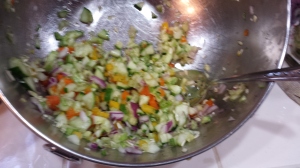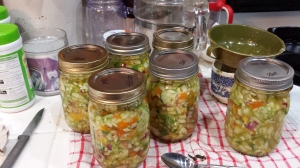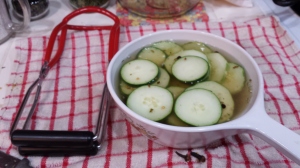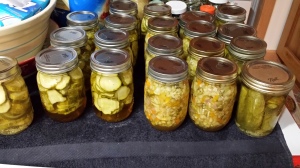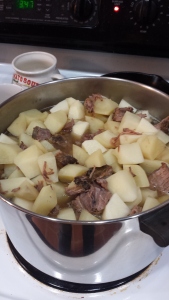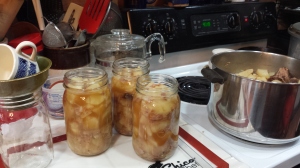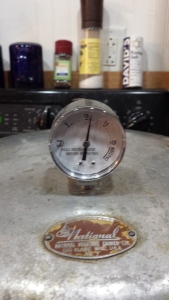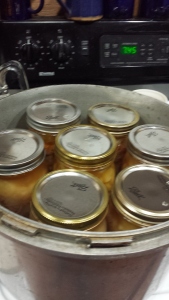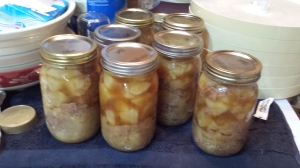Usually beet pickles are the first thing of the canning season, however this year my beets have not done so well. I’ll be surprised if I get 2-3 pints. Oh well.
However, I have decided to share my beet pickle recipe contained in the story of how we made them. I hope you enjoy it. (Like this story? It could end up in a book. Let me know what you think.)
Making Beet Pickles
My mother was born in 1919 and Daddy in 1922. They grew up in very poor homes in a very poor era in our nation’s history. But, living in a rural area, they were never hungry. Big gardens and a household of kids to help work it helped many families to survive a time when many others were going to bed hungry. My grandparents believed that God gave them three seasons of the year to prepare for the fourth and most difficult – winter. Each season brought its peak fresh fruits and vegetables which were enjoyed as well as preserved for later. Before electricity was available in their areas, my grandparents canned, pickled, and brined meats and vegetables – mostly vegetables – as meat was a rare treat, except for breakfast sausage and bacon. Occasionally there was a Sunday chicken dinner, however chickens were far too valuable as egg producers to kill and eat.
The main staple in our family was pinto beans and cornbread. The thing that brought the meal variety was the always present pods of hot peppers and the endless jars of pickles. There were beet pickles, bread and butter pickles, sweet pickles, dill pickles and of course the pickle relishes made up of the dips and dabs of leftover vegetables. I can’t remember a time when summer and fall did not mean canning, pickling, preserving and drying our garden produce as well as fruits, nuts and other wild treats such as muscadines or huckleberries. However, trying to do all this without running water was a challenge (to say the least).
My first memory of “helping” during canning season was washing mason jars in a washtub in the backyard. As jars were emptied throughout the year, they were placed in the root cellar where, by the next summer they would be dirty and filled with an assortment of dead bugs. First they were rinsed out and then put into washtubs filled with rain water where they would sit until the sun warmed the water. The jars would be washed and then taken into the house where they would be washed again and sterilized with boiling water for the canning process. I don’t know how much actual help a 5 year-old could be, but we were taught early that everyone helped. As a child however, the most exciting time of canning came when it was time to make beet pickles! Beets were usually the first crop available from the garden, and like Memorial Day heralds the unofficial beginning of summer to many people, pickling beets was our signal that the canning season was upon us
Making the Beet Pickles
Pull the beets from the garden when they are about the size of a golf ball or a tennis ball, of course there will also be some that are the size of walnuts and marbles (the little ones are my favorite). Next, cut the green tops off, leaving about 2” of the stem and the entire tap root. (Cutting these off will cause the beet to “bleed out” leaving a pale, anemic looking beet). The beets are then washed thoroughly and cooked in a huge pot until they are barely “fork done”. And then comes the fun part – the peeling!
To peel the beets, Mother would drain the boiling water off and then pour the beets out of that pot into a pot of cold water out in the backyard. After they cooled enough to handle, we would peel them by slipping the skins off. It still brings a smile to my face today as I “squirt” the beets through my hands, sliding the peelings off into the water. Naturally, as kids, it became a thing of hilarity as we shot beets at one another in the backyard! I’m amazed that mother ended up with enough beets to last us through the winter – or maybe the “beet wars” are just another thing that has grown in our minds over the years. At any rate, pinto beans, pickled beets and cornbread remains one of my favorite meals to this day!
The Recipe
Pull, wash, cook and peel beets, cutting the tops and roots off. Cut the beets into chunks and leave the small ones whole.
Using a large stainless steel pot, make a mixture starting with 3 cups of cider vinegar, 2 cups of water and 1 cup of sugar, then adjust for taste and amount of beets. Add about 2 tbsp pickling spices, either in a cheese cloth or loose, depending on whether you want your spices left in the pickles. (We prefer them left in). Add the beets to the liquid mixture.
When the mixture comes to a full boil, ladle the beets into hot sterilized jars. Fill the jars with the liquid, leaving about ½” headspace. Remove the air bubbles, wipe the rims and seal. Waterbath both pints and quarts 30 minutes.
Read Full Post »
